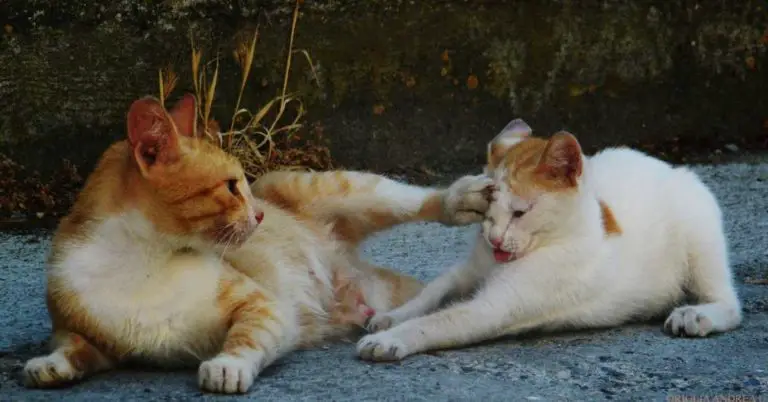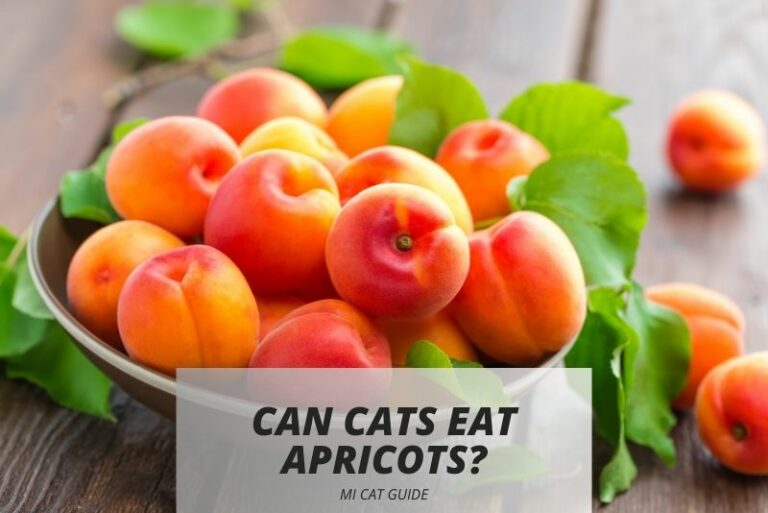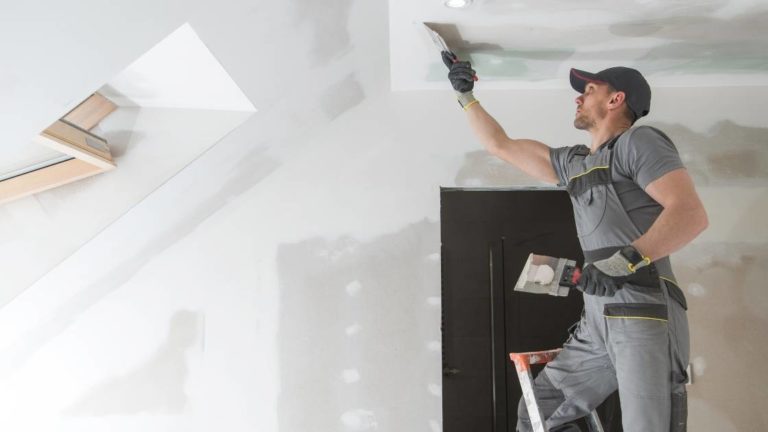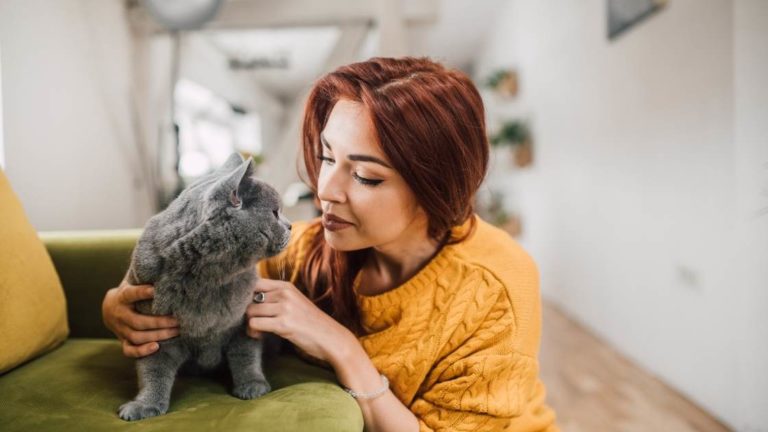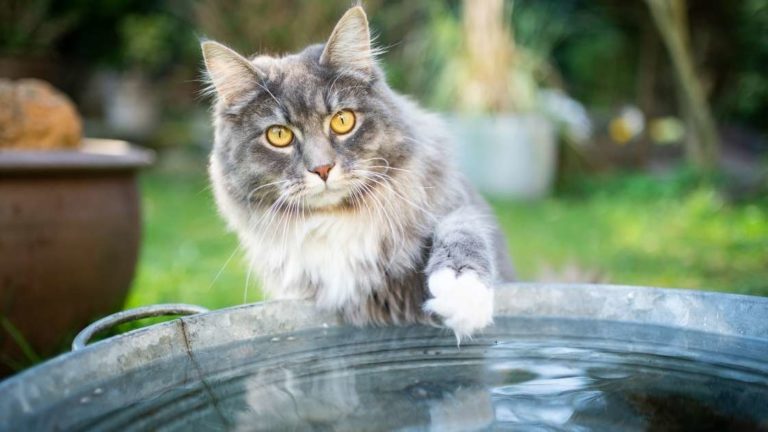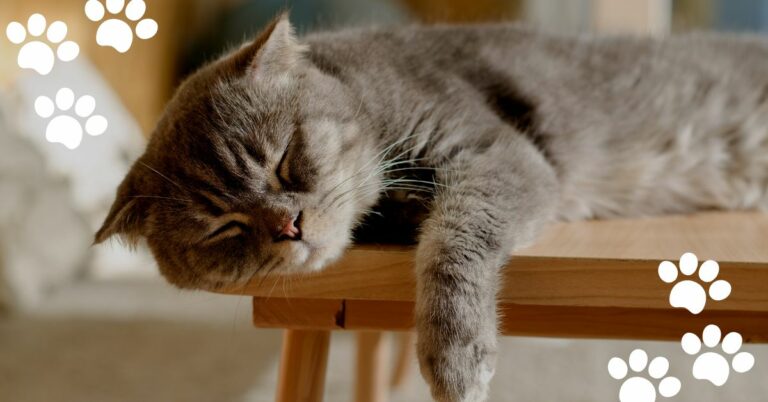How Much Should a Bengal Cat Eat? (Kittens, Adults & Senior Cats)
You may have heard that Bengal cats are voracious eaters, and while this may be true to some extent, it’s important to make sure your Bengal cat is getting the right amount of food.
Like all cats, they have specific dietary needs that must be met in order to maintain their health and vitality. So, how much should a Bengal cat eat?
The answer to this question depends on a number of factors, including the age and activity level of your cat. However, most experts recommend feeding your Bengal cat between 1/2 and 1 cup of high-quality dry food per day, divided into two or three meals.
In this blog post, I’ll take a closer look at the dietary needs of Bengal cats and give you some tips on how to make sure your cat is getting the right amount of food.
What are the Dietary Needs of Bengal cats?
Bengal cats are active, high-energy cats that need a lot of calories to maintain their weight. They also require a higher protein diet than most other cat breeds.
This is because Bengal cats are descendants of the Asian leopard cat, which is a carnivore. As such, their bodies are designed to digest and use protein much more efficiently than other cat breeds.
For this reason, it’s important to choose a high-quality dry food that is specifically designed for Bengal cats. This will ensure that your cat is getting the right mix of nutrients and calories.
How Much Should a Bengal Cat Eat?
The amount of food your Bengal cat needs will depend on a number of factors, including their age, activity level, and weight.
As a general rule of thumb, most experts recommend feeding your Bengal cat between 1/2 and 1 cup of dry food per day, divided into two or three meals.
Here I’ll give you some more specific guidelines for feeding your Bengal cat based on their age and activity level.
Kittens (up to 6 months old)
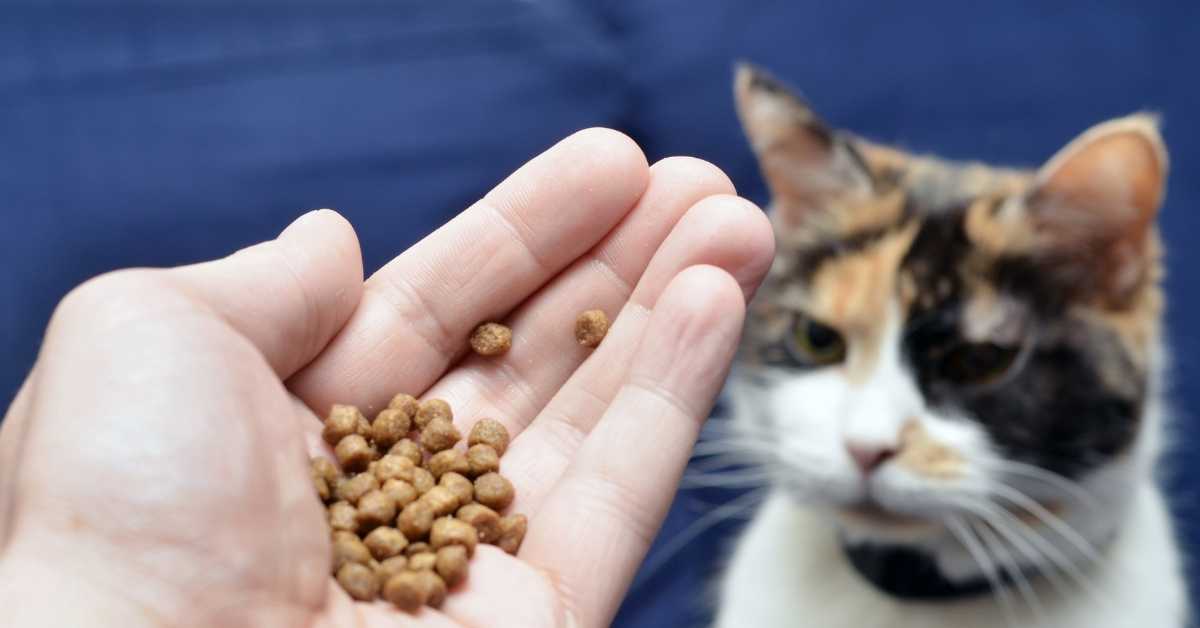
Kittens are growing rapidly and need a lot of calories to support their growth. For this reason, they should be fed 3/4 to 1 cup of dry food per day, divided into three meals.
I would also recommend feeding them a high-quality kitten formula dry food to make sure they’re getting all the nutrients they need.
Adult Cats (6 months to 1 year old)
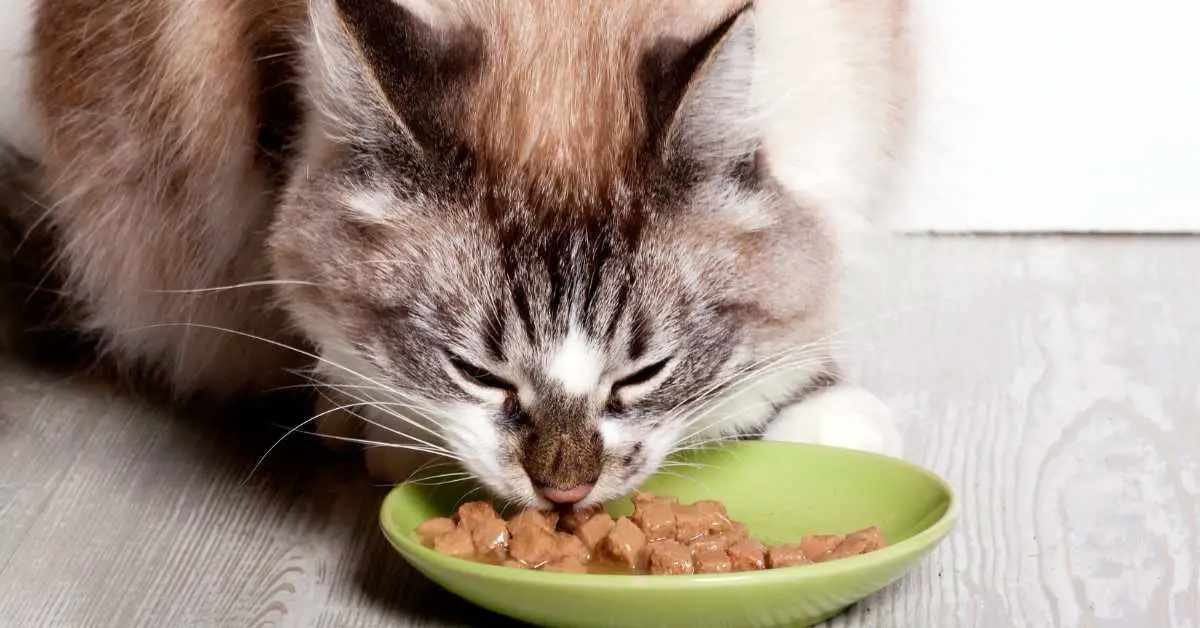
As your Bengal cat reaches adulthood, their calorie needs will begin to level off. For most adult Bengal cats, 1/2 to 3/4 cup of dry food per day, divided into two meals, is enough.
However, if your Bengal cat is particularly active, you may need to feed them closer to 1 cup of food per day.
Senior Cats (over 7 years old)

As Bengal cats age, their metabolism slows down and they tend to become less active. For this reason, senior Bengals will require fewer calories than younger cats.
Most experts recommend feeding senior Bengals 1/4 to 1/2 cup of dry food per day, divided into two meals.
Tips for Feeding Your Bengal Cat
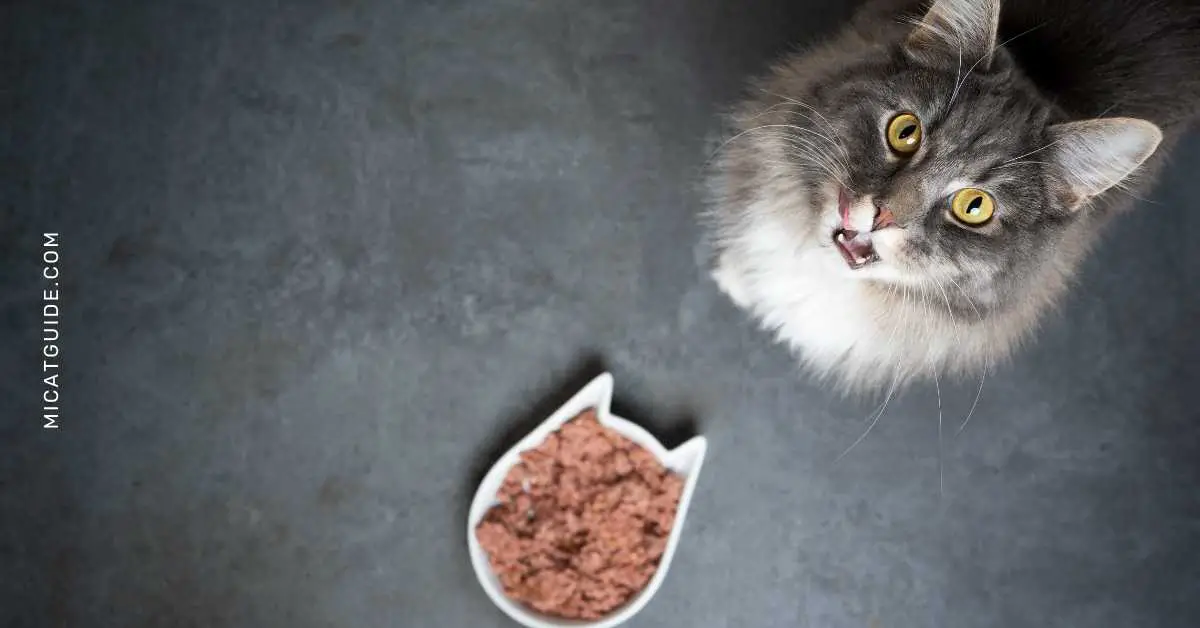
Now that you know how much to feed your Bengal cat, here are a few tips to help you make sure they’re getting the right nutrition:
#1. Choose a High-quality Dry Food
According to most experts, the best way to ensure your Bengal cat is getting the right nutrition is to feed them a high-quality dry food.
There are many different brands of Bengal cat food on the market, so it’s important to do your research and choose one that is specifically designed for Bengals.
#2. Feed Them Smaller Meals More Often
Another way to make sure your Bengal cat is getting the right nutrition is to feed them smaller meals more often. This will help prevent them from overeating and will also keep their energy levels more stable throughout the day.
Most experts recommend feeding Bengal cats two or three small meals per day, rather than one large meal.
#3. Don’t Overfeed Them
It’s important not to overfeed your Bengal cat, as this can lead to obesity and other health problems. If you’re not sure how much to feed them, it’s best to err on the side of caution and give them a little less food than you think they need.
You can always increase their food intake if you notice that they’re losing weight.
#4. Avoid Processed Foods
Just like with humans, processed foods are not good for cats. They often contain unhealthy additives and chemicals that can be harmful to your cat’s health.
For this reason, it’s best to avoid feeding your Bengal cat any processed foods, such as table scraps or canned cat food. Stick to high-quality dry food to ensure they’re getting the nutrition they need.
#5. Make sure they have Access to Fresh Water
It’s also important to make sure your Bengal cat has access to fresh water at all times. This will help them stay hydrated and will also prevent them from becoming constipated.
Lets now see a video on how to feed a Bengal cat:
What to do if Your Bengal Cat is Not Eating
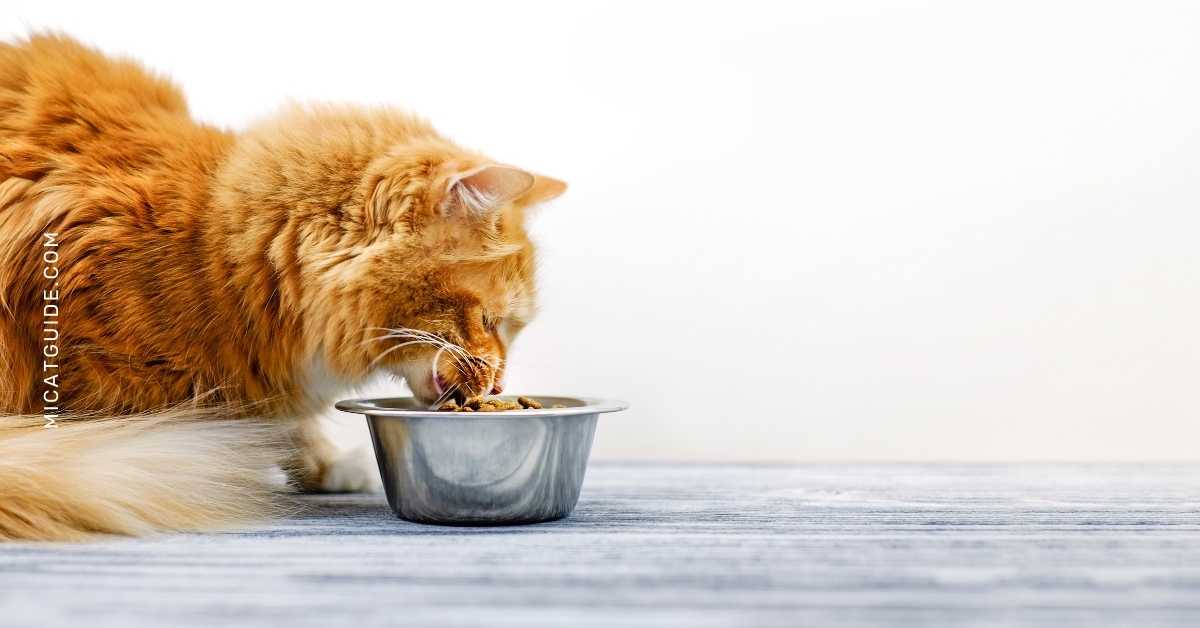
If you notice that your Bengal cat is not eating as much as they should, it’s important to take them to the vet for a check-up. There could be an underlying medical condition that is causing their appetite to decrease.
Once you’ve ruled out any medical problems, there are a few things you can do to try and increase your Bengal cat’s appetite, such as:
1. Feeding them Smaller Meals More Often
Most of the time, when a Bengal cat doesn’t want to eat, it’s because they’re not hungry. If you think this might be the case, try feeding them smaller meals more often throughout the day.
This will help them feel fuller without overeating, and will also keep their energy levels more stable.
2. Adding Some Wet Food to Their Diet
If your Bengal cat is used to eating dry food, adding some wet food to their diet might make them more interested in eating.
Wet food is usually more aromatic and appetizing than dry food, so it’s often more appealing to cats.
3. Adding a Little bit of Warm Water to their Food
Another way to make sure your Bengal cat is getting enough to eat is to add a little bit of warm water to their food.
Warm water can help make dry food more aromatic and appetizing, which may entice your Bengal cat to eat.
4. Giving them Treats that are High in Protein
If your Bengal cat is still not interested in eating, try giving them high-protein treats, such as canned tuna or chicken.
These treats can help increase their appetite and may make them more likely to eat their regular food.
5. Making Some Changes to Their Diet
If you’ve tried everything else and your Bengal cat still isn’t interested in eating, it might be time to make some changes to their diet.
Talk to your vet about switching to a different type of food, or adding some supplements to their diet.
For example, adding some probiotics to their food can help increase their appetite and improve their digestion.
What to do if Your Cat is Overweight or Underweight
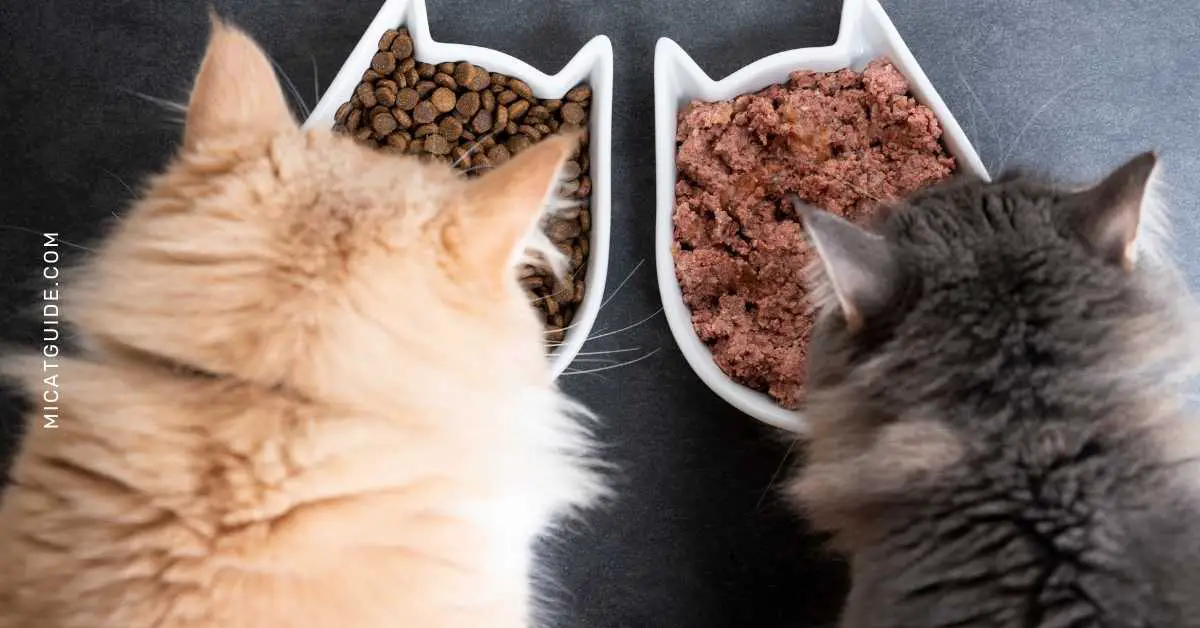
According to the Association for Pet Obesity Prevention, around 58% of cats in the United States are overweight or obese.
If your Bengal cat is carrying around too much weight, it’s important to make some changes to their diet and lifestyle to help them lose weight safely.
On the other hand, if your Bengal cat is underweight, you’ll need to find ways to help them gain weight.
Here are a few tips for helping your Bengal cat reach a healthy weight:
If Your Cat is Overweight
- Feed them smaller meals more often throughout the day
- Avoid feeding them table scraps or high-calorie treats
- Make sure they get plenty of exercise
If Your Cat is Underweight
- Feed them high-calorie foods, such as wet food or canned tuna
- Add some supplements to their diet, such as fish oil or vitamins
- Avoid feeding them dry food, as it can be hard for them to digest
The Benefits of Feeding Your Cat a Healthy Diet
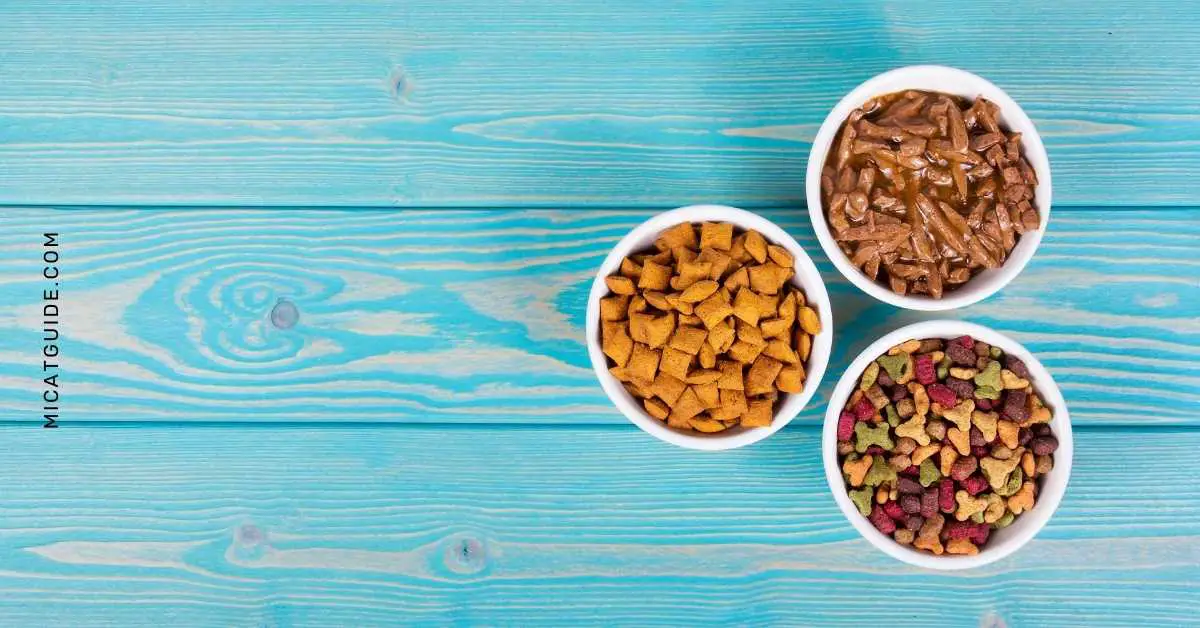
I talked several times about the importance of feeding your Bengal cat a healthy diet. But what exactly are the benefits of feeding your cat a healthy diet?
Here are a few reasons why it’s so important to make sure your Bengal cat is eating a nutritious diet:
1. It Can Help Them Live Longer
One of the most obvious benefits of feeding your Bengal cat a healthy diet is that it can help them live longer.
A healthy diet helps to keep your Bengal cat’s organs and systems functioning properly, which in turn, allows them to live a long and healthy life.
2. It Can Help Them Stay at a Healthy Weight
As I mentioned earlier, around 58% of cats in the United States are overweight or obese.
Being overweight or obese can lead to a number of health problems, such as diabetes, arthritis, and even heart disease.
By feeding your Bengal cat a healthy diet, you can help them maintain a healthy weight and avoid these serious health problems.
3. It Can Give Them More Energy
Another benefit of feeding your Bengal cat a nutritious diet is that it can give them more energy.
A healthy diet helps to keep your Bengal cat’s body and organs functioning properly, which gives them the energy they need to live an active life.
4. It Can Help Them Avoid Illness
Another benefit of feeding your Bengal cat a healthy diet is that it can help them avoid illness.
A nutritious diet helps to boost your Bengal cat’s immune system, making them less likely to get sick.
5. It Can Help Them cope with Stress
Cats can experience stress just like humans do. And just like humans, when cats are stressed, it can have a negative impact on their health.
One way to help reduce your Bengal cat’s stress levels is to feed them a healthy diet. A healthy diet helps to keep their body and mind functioning properly, which in turn, helps to reduce their stress levels.
As you can see, there are a number of benefits to feeding your Bengal cat a healthy diet.
So, if you’re not already doing so, make sure to start giving your Bengal cat the nutritious diet they need to live a long and healthy life.
FAQ’s on How Much Should a Bengal Cat Eat?
Here I’ll try to answer some frequently asked questions on the subject of how much a Bengal cat should eat.
How Often Should I Feed My Bengal Cat?
Most experts recommend feeding your Bengal cat two to three times a day.
However, it’s ultimately up to you to decide how often you want to feed your cat.
Just make sure that you’re providing them with enough food and that they’re getting the nutrients they need.
Do Bengal cats eat a lot?
Bengal cats typically eat a lot. This is because they have high metabolisms and burn through a lot of energy.
So, if you notice that your Bengal cat is always hungry, it’s probably because they’re just burning through a lot of energy and need more food to keep up with their metabolism.
How much dry food should I feed my Bengal kitten?
In general, you should feed your Bengal kitten around 1/4 to 1/2 cup of dry food per day.
Of course, this will vary depending on their age, weight, and activity level.
It’s always best to talk to your veterinarian to get specific recommendations on how much dry food to feed your Bengal kitten.
What should I feed my Bengal cat?
According to most experts, the best diet for a Bengal cat is one that is high in protein and low in carbohydrates.
You should also make sure that the food you’re feeding your Bengal cat is of high quality and free of fillers and artificial ingredients. When it comes to wet food, look for brands that use whole meat ingredients and avoid those with a lot of fillers.
As for dry food, look for brands that use quality ingredients and avoid those with a lot of carbohydrates. A quality diet is an important part of keeping your Bengal cat healthy, so make sure to give them the best food you can afford.
Conclusion
As food is an important part of a Bengal cat’s life, it’s important to make sure that they’re getting the nutrients they need.
A healthy diet helps to keep your Bengal cat happy and healthy, so make sure to give them the best food you can afford.
I hope this in-depth article on how much should a Bengal cat eat was helpful. If you have any questions or concerns, please feel free to reach out to me in the comments below. As always, thanks for reading!

